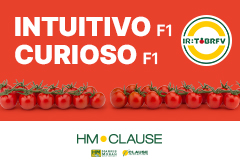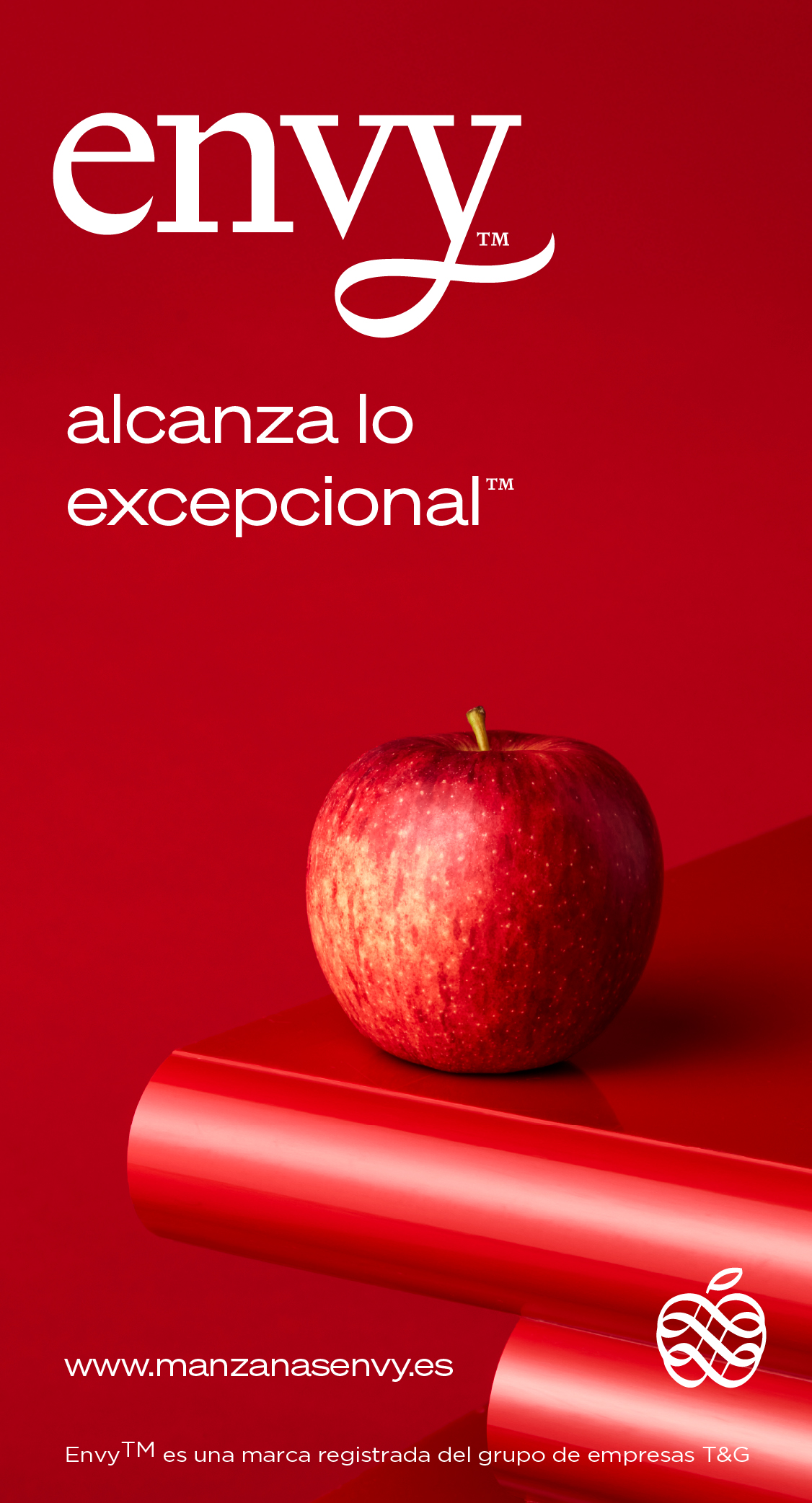The oversupply in stone fruit continues, although the extra early campaign has lower volumes
Fruit Today talked to the chairman of the stone fruit sector association Asociafruit, José Rodríguez, who wanted to pass on a message of reassurance, albeit accepting the persistence of overproduction, which will be drawn out over a long period, for the time being.
Along with some areas in Murcia, Andalusia is the community that starts its harvests earliest. This year, the extra early productions under plastic in Huelva have been significantly affected by the wind and the harvest will not be as early.
How do you feel about the fact that other Spanish producing regions have not accompanied Andalusia in this mass grubbing of fruit trees?
My opinion is that the situation that has occurred here is basically owing to the property structure type: large farms under a single fiscal name. When a year of important losses such as last year occurs, these are accumulated by the same owner, who must quickly adopt a decision because there are many hectares involved. This is different when the plot of land is medium-sized or small, since we are not talking about the same costs.
Clearly, it seems that there are divergences between the different producing regions as to what should or should not be done by a sector that is plainly overwhelmed by the offer. What is your opinion on this point?
The circumstances are different in each of the producing regions and obviously, not everyone thinks in the same way. In the Andalusian case, and due to the abovementioned reasons, the decision making process must be speeded up when dealing with very large tracts of land. In fact, the first grubbing operations started in June, at the end of the campaign. In total, the surface area was reduced by around 700 hectares, which means 20% less than the previous season.
The sum of three negative campaigns and the large surface area of land that is being managed meant that urgent decisions had to be taken. The losses per hectare ranged from 3,000 to 8,000 euros. This cannot be applied to other cases.
Another fact is added to this situation: Andalusian farms usually have single crops and in other regions farmers diversify with citrus fruits, grapes, etc. And this, although it is not what we might wish for, allows one product to subsidise another.
But, how do you feel about the fact that other regions have not carried out the same operations?
Hopefully, they won’t have to do it and this campaign is profitable for everyone, but I am very afraid that this surplus in offer will give rise to more grubbing operations.
In any event, are you sure that there is still a surplus in offer?
Of course, although specifically this year, due to different weather reasons (a year with late frosts and heavy rainfall), the early part of the campaign will have less volume, but from mid-season the amount of fruit will be the same and another catastrophe could occur.
Everyone knows that the variety renewal that was carried out in Catalonia around a decade ago did not only mean an increase in surface area, but also the profitability per hectare multiplied; where 35,000 kilos were produced in the past, now 60,000 are reached. As occurred in Murcia, where historically there was a great deal of production devoted to yellow peach canning, today it has been converted to early nectarines or flat peaches. Amongst all the producing areas we have saturated the market, including our own. It is obvious that there are misgivings between the different regions and even between producing countries, but the most important point would be for us to manage to solve the problem as a whole.
How do farmers face up to these grubbing operations if in the end there is no aid forthcoming?
In our case, the grubbing operations were tackled immediately, the moment the season ended. Without any suspicions about the final scale of the crisis and with a Strategic Plan from the Ministry that could involve aid for the grubbing, which finally has not materialised, the farmers have already had to assume the cost on their profit and loss accounts.
In my interviews, I have been told that some European operators are intending to bypass Seville as a source after Morocco and continue with Murcia, because qualitatively speaking the fruit does not meet their standards.
Well, I am not aware of that. All the customers are closing their positions normally. For example, at SAT SINTESIS we are already scheduling promotions as usual. The quality of the early fruit is that of short cycle fruit. If they allege that the fruit ripens very quickly, I would point out that the same occurs in Murcia.
It is not a good message to try and take commercial advantage by downgrading the importance of other sources. European customers are already well aware of the particularities of Spanish production and it has its own ranking, where Andalusia continues to stand out due to its high quality.
With only a few days to go, how do you see the campaign?
This year, we will not have extra early fruit because there will be fewer kilos in April due to the delay in Huelva’s harvest. These coverings had no effect at all because the wind blew them away. The very unusual spring that we are having is causing a delay. It will start around the 25th of April, and Seville, in the open fields, will not start before May. It will be a late year in Andalusia. I think that we will reach the chains’ promotions in time, which usually start around week 19.
Regarding the company you manage, what can you tell me?
Five years ago at SAT Síntesis, we started up a variety change centred on nectarines because we thought that the May production could be improved regarding Brix, size and round shapes. All of this means that this year, between 75% and 80% of our offer will be made up of these greater quality varieties. We calculate that we will reach around 14,000 tonnes.
























